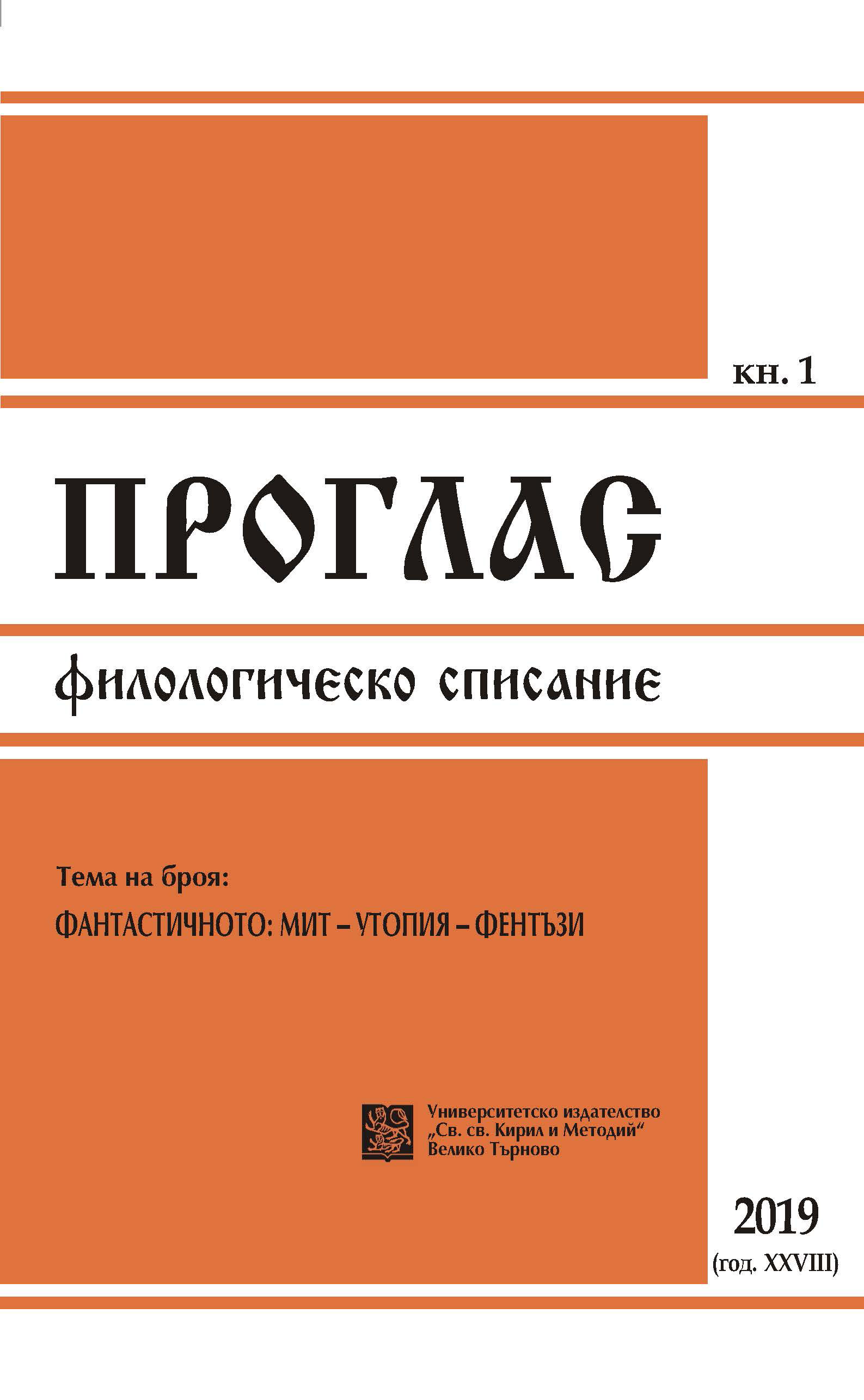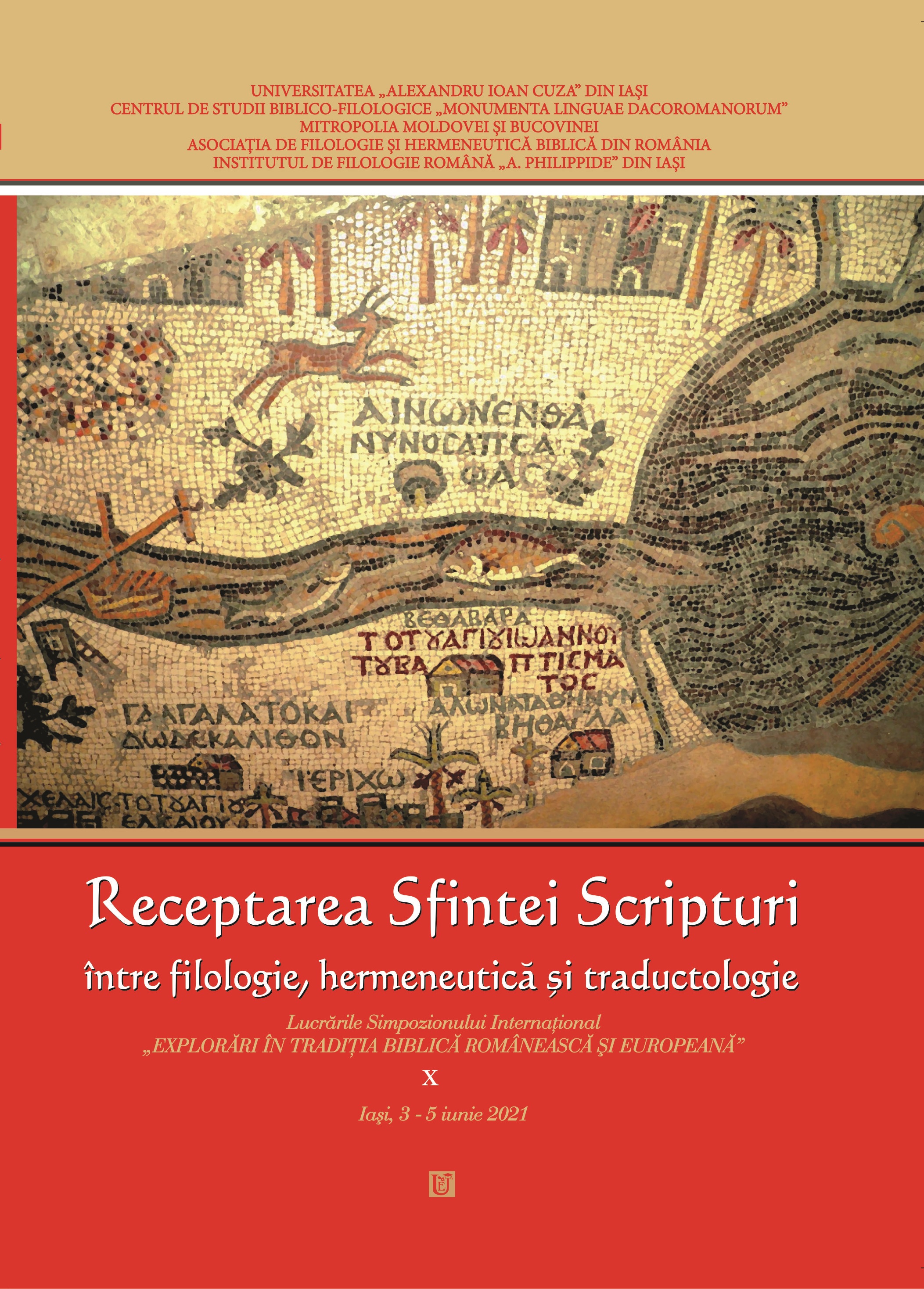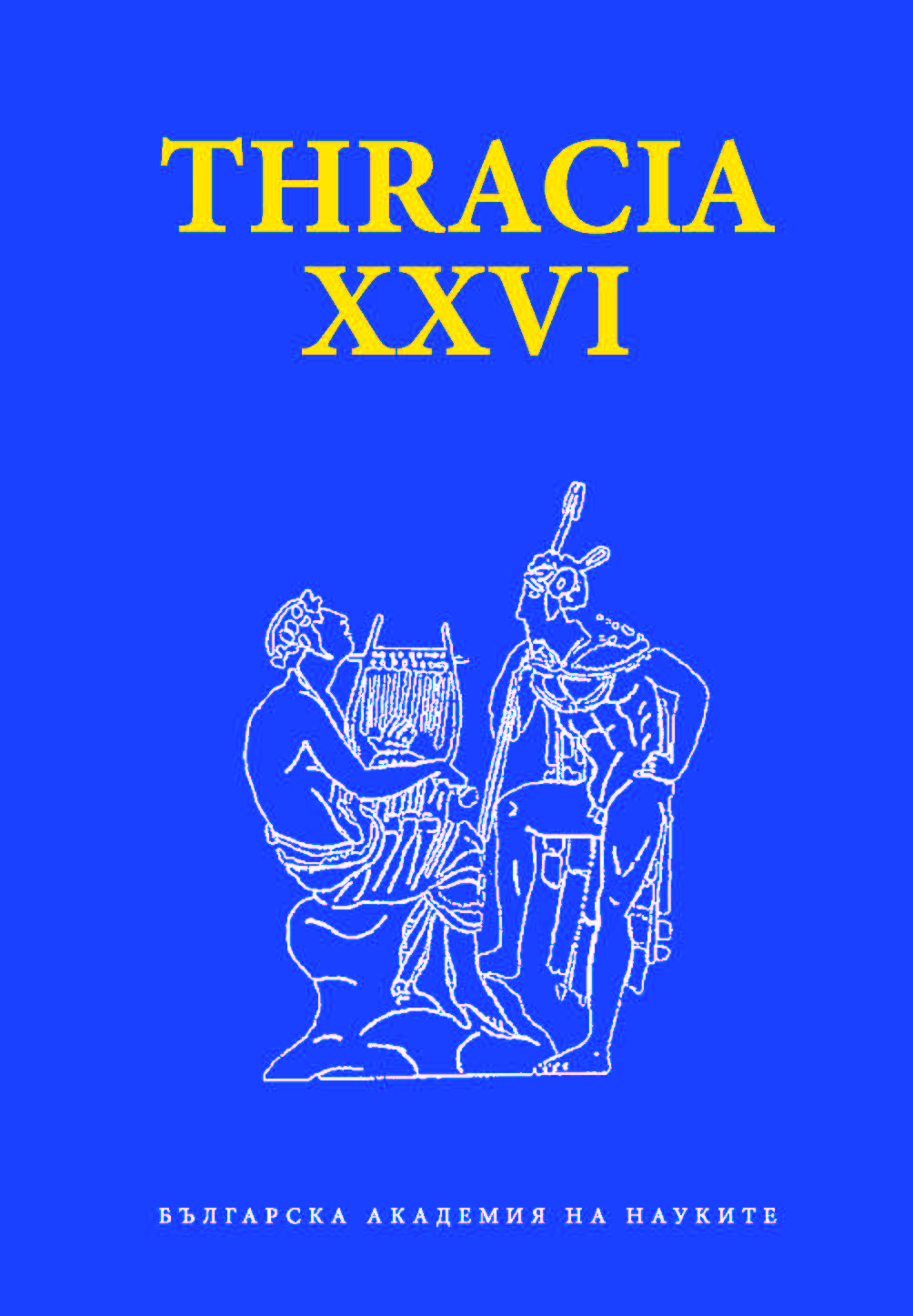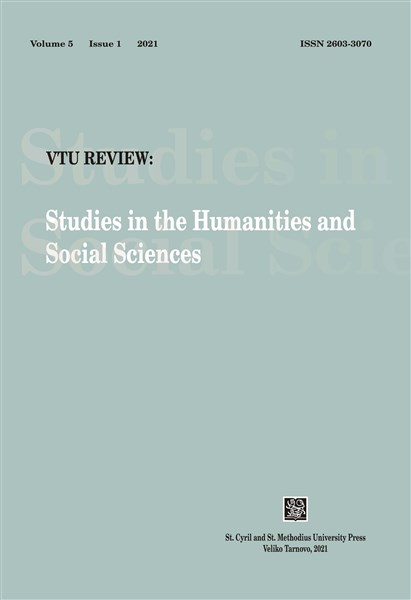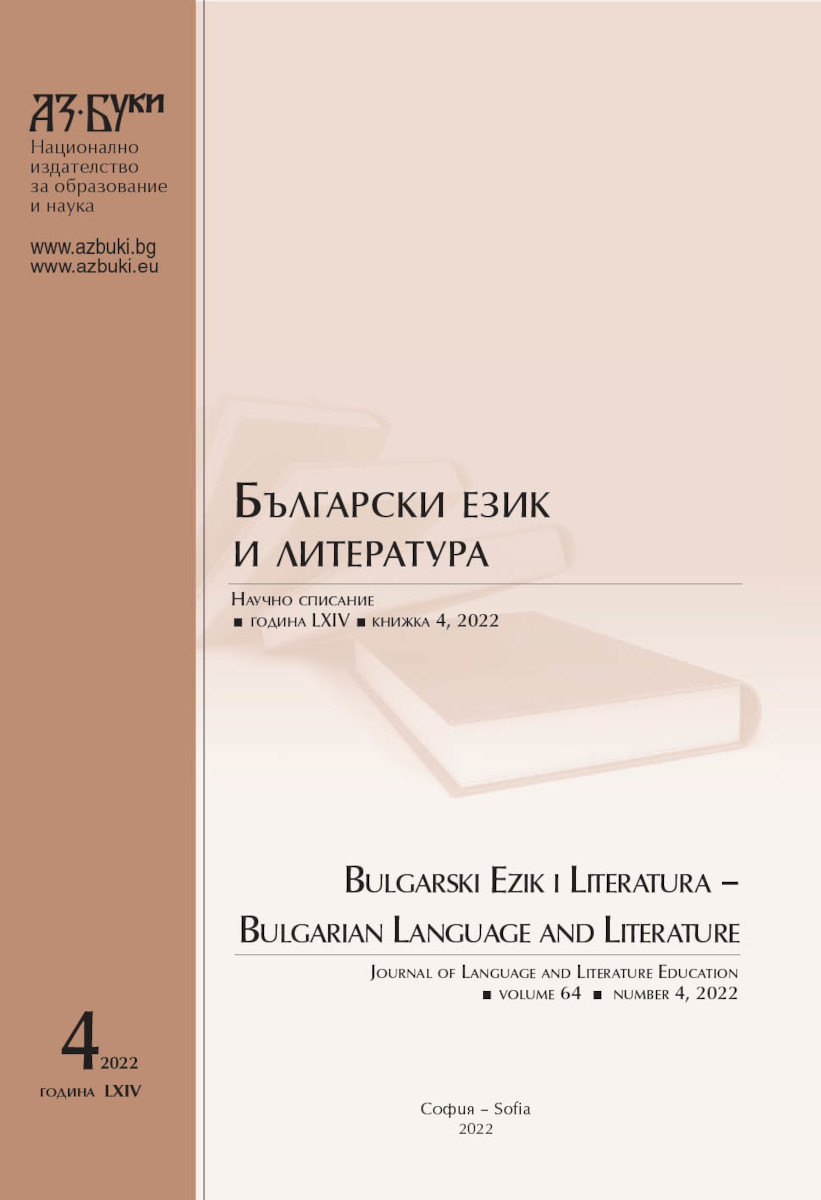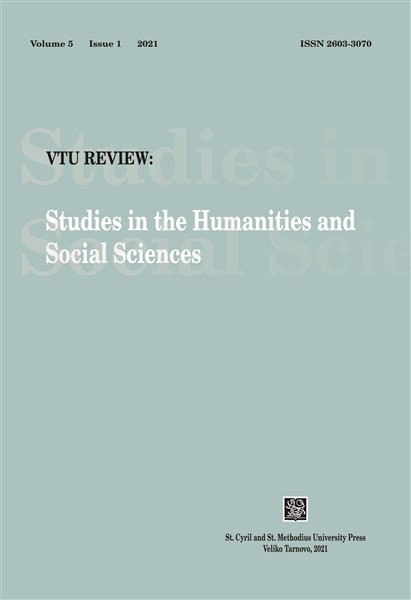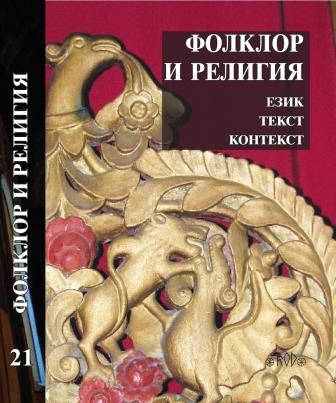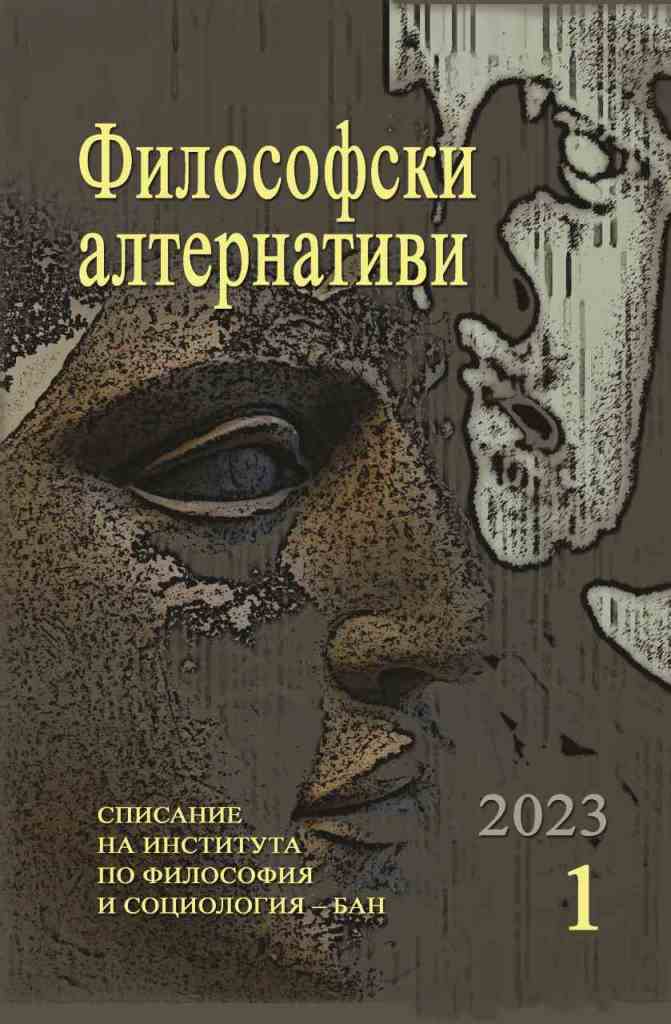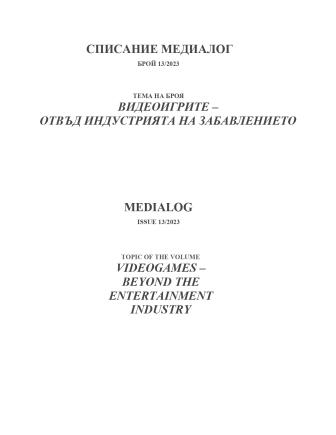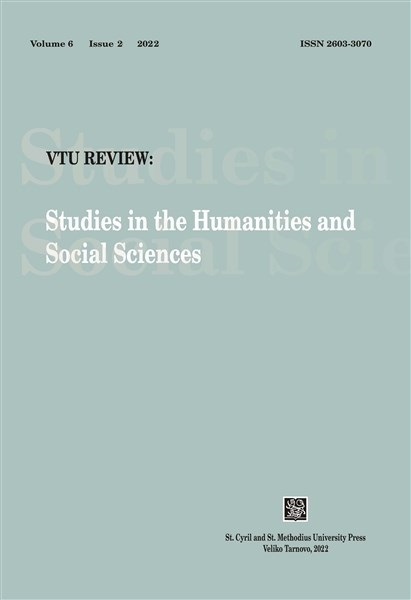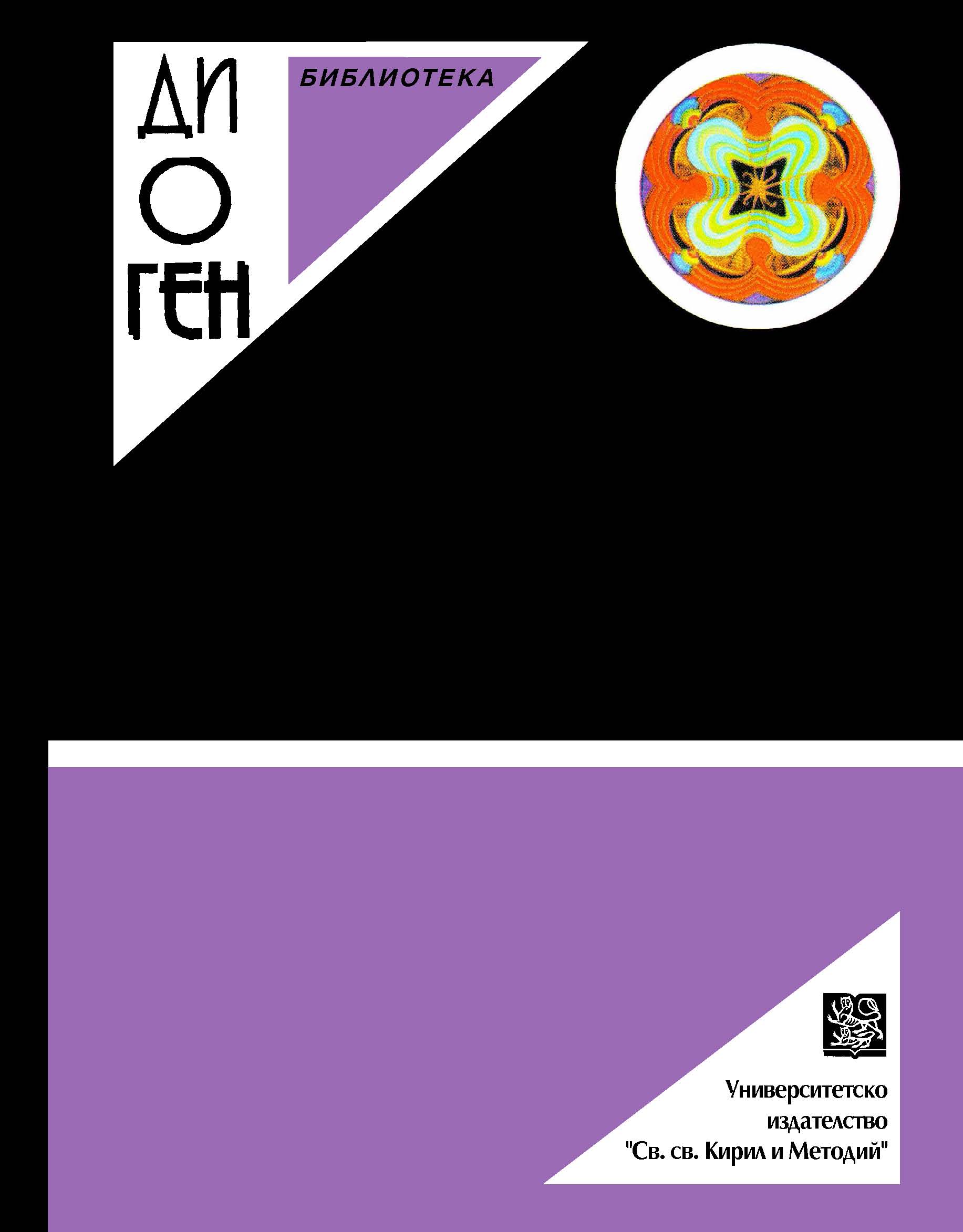
Практики на комуникативната технология във ВУЗ: традиция и новаторство
The present material presents the vision of its authors about the functioning of the theory and method of communication in universities in Bulgaria. The social psychological analysis is oriented towards traditional and modern education strategies. Discussed are contemporary tendencies of the development and dynamics in human relations, distinct are the problems born of socio-cultural distancing. Argumented is a proposal about the introduction of the method of neuro-linguistic programming in order to further communication skills. Presented is the experimental design of research, carried out by the author team with students in psychology.
More...
